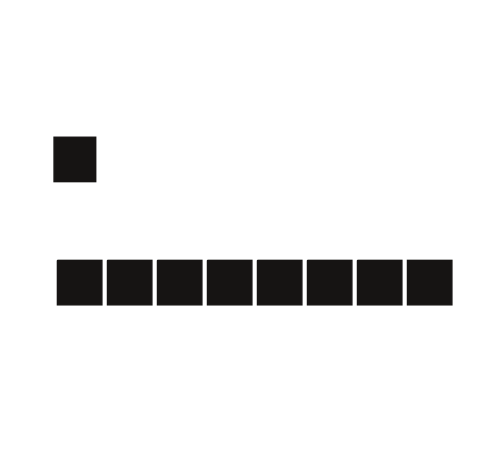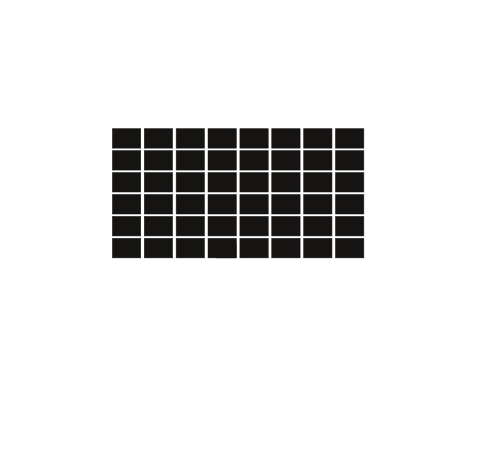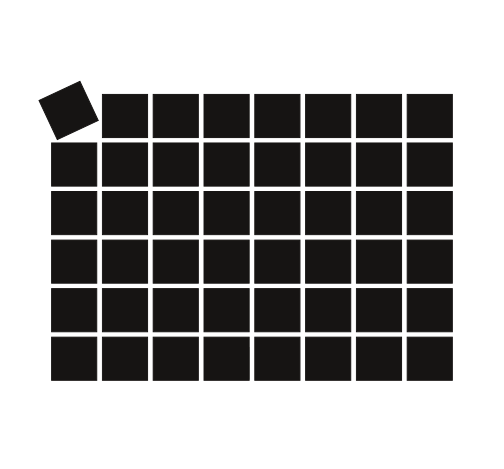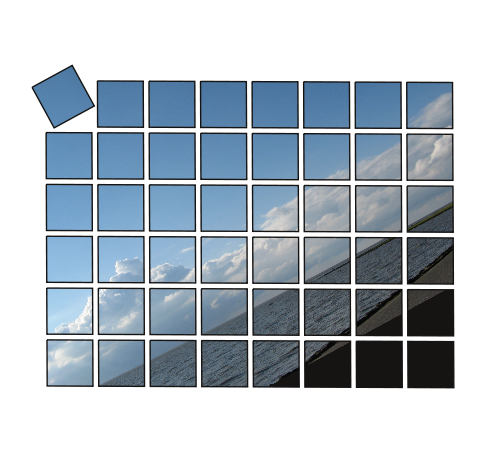Creating a tiled image: Difference between revisions
Jump to navigation
Jump to search
C schaefer (talk | contribs) No edit summary |
C schaefer (talk | contribs) No edit summary |
||
| Line 8: | Line 8: | ||
* With the menu command Item > Multiple Duplicate, create 7 duplicates with a horizontal shift of 18 mm and a vertical shift of 0 mm. | * With the menu command Item > Multiple Duplicate, create 7 duplicates with a horizontal shift of 18 mm and a vertical shift of 0 mm. | ||
[[Image:Tiled_img_3.png]] | |||
* Group the resulting 8 rectangulars. | * Group the resulting 8 rectangulars. | ||
* Mutiply the resulting group again, 5 times, a horizontal shift of 0 and a vertical shift of 18 mm. This results in a two-dimensional group of rectangulars, looking like a fence. | * Mutiply the resulting group again, 5 times, a horizontal shift of 0 and a vertical shift of 18 mm. This results in a two-dimensional group of rectangulars, looking like a fence. | ||
[[Image:Tiled_img_4.png]] | |||
* At your option, ungroup the first row of rectangulars and change the position of the first rectangular. Resize it, rotate it, or whatever you like. | * At your option, ungroup the first row of rectangulars and change the position of the first rectangular. Resize it, rotate it, or whatever you like. | ||
[[Image:Tiled_img_5.png]] | |||
* Now, select all the rectangulars and "combine the polygons" | * Now, select all the rectangulars and "combine the polygons" | ||
| Line 20: | Line 27: | ||
* Last, but not least, load an image into your new image frame. | * Last, but not least, load an image into your new image frame. | ||
[[Image:Tiled_img_2.png]] | |||
Revision as of 20:18, 6 August 2007
| Installation • Usage • PDF issues • Other |
This tip shows how a bunch of shapes can be used to create an irregular image frame. Used technics are Duplicate / Multiple Duplicate of shapes, combining them as polygones and then to an image frame.
- Create a rectangular shape. In the example, it has a width and a height of 16 mm. Of course, any other type of shape can be used.
- With the menu command Item > Multiple Duplicate, create 7 duplicates with a horizontal shift of 18 mm and a vertical shift of 0 mm.
- Group the resulting 8 rectangulars.
- Mutiply the resulting group again, 5 times, a horizontal shift of 0 and a vertical shift of 18 mm. This results in a two-dimensional group of rectangulars, looking like a fence.
- At your option, ungroup the first row of rectangulars and change the position of the first rectangular. Resize it, rotate it, or whatever you like.
- Now, select all the rectangulars and "combine the polygons"
- Apply Item > Convert to > Image frame
- Last, but not least, load an image into your new image frame.



